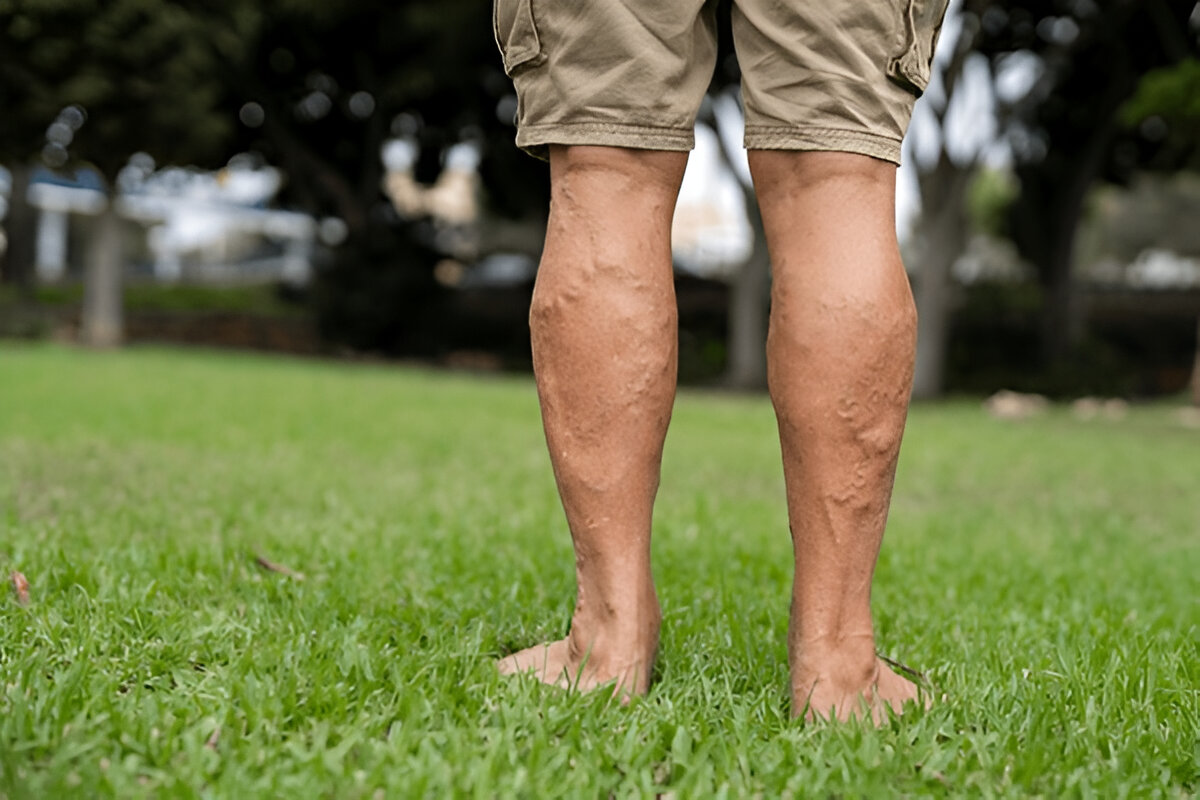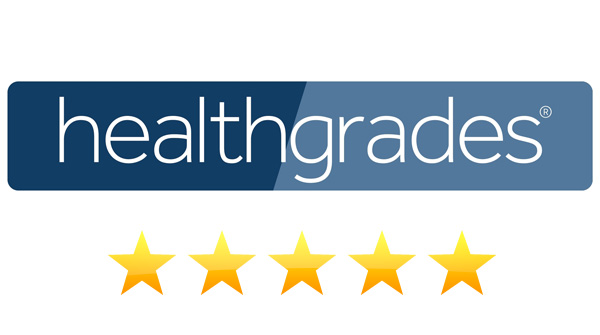
Varicose veins affect millions of people worldwide, often causing discomfort and self-consciousness. They occur when veins in the legs become enlarged and twisted, and they are typically visible through the skin. While varicose veins are commonly associated with older adults, they can occur at any age and may be a sign of an underlying vein disease.
In this comprehensive guide, we’ll dive into the causes of varicose veins, how to prevent them, available treatments, and when you should worry about these visible veins. If you’re seeking varicose vein treatment or prevention tips, you’ve come to the right place.
For professional treatment and consultation, visit Advanced Vein Care to find out how we can help you address varicose veins with cutting-edge techniques.
What Are Varicose Veins? Understanding the Condition
Varicose veins are enlarged, twisted veins that are typically blue or purple and visible through the skin. While they most often appear in the legs and feet, they can occur anywhere in the body. These veins are usually the result of damaged or weakened vein valves, which cause blood to pool in the veins, leading to their enlargement and twisting.
Common Signs and Symptoms of Varicose Veins
Varicose veins symptoms can vary from mild to severe. Here are some common signs:
- Bulging veins: Veins that are raised above the surface of the skin.
- Swelling: Often occurs in the legs and feet.
- Pain: Aching or throbbing pain, especially after long periods of standing or sitting.
- Itching: Skin near varicose veins may feel itchy or irritated.
- Color changes: Skin may become discolored or appear purple or blue due to the pooling of blood.
- Heaviness or fatigue: A feeling of heaviness in the legs or fatigue after walking or standing.
What Causes Varicose Veins?
Understanding what causes varicose veins is key to preventing and treating them. Varicose veins occur when the valves inside the veins, which help regulate blood flow, become weakened or damaged. This causes blood to flow backward and pool in the veins, leading to their enlargement. Here are some of the most common causes:
1. Genetics
A family history of varicose veins can increase the likelihood of developing the condition. If your parents or grandparents had varicose veins, you may be more prone to them.
2. Aging
As we age, the elasticity of our veins decreases, and the valves within them may weaken, leading to poor blood flow and varicose veins.
3. Hormonal Changes
Hormonal fluctuations, especially during pregnancy, menopause, or taking birth control, can affect vein health. For instance, the increased blood volume during pregnancy can put extra pressure on the veins in the legs.
4. Pregnancy
Pregnancy increases the risk of developing varicose veins due to hormonal changes and increased pressure from the growing uterus.
5. Standing or Sitting for Long Periods
Standing or sitting for prolonged periods can restrict blood flow and contribute to the development of varicose veins.
6. Obesity
Excess body weight puts additional pressure on the veins, especially in the lower body, increasing the risk of varicose veins.
How to Prevent Varicose Veins: Tips for Healthy Legs
While it may not always be possible to prevent varicose veins, certain lifestyle changes can significantly reduce the risk of developing them. Here’s how you can prevent varicose veins and maintain healthy veins:
1. Stay Active
Regular exercise promotes healthy circulation and can prevent blood from pooling in the veins. Walking, jogging, cycling, or swimming are excellent activities to improve vein health.
2. Elevate Your Legs
To reduce pressure on your veins, try elevating your legs above the level of your heart for about 15 minutes a few times a day. This helps improve circulation and reduces swelling.
3. Wear Compression Stockings
Compression stockings can improve circulation by gently squeezing the legs, preventing blood from pooling in the veins.
4. Maintain a Healthy Weight
Maintaining a healthy weight reduces the pressure on your legs and veins, lowering the risk of varicose veins.
5. Avoid Standing or Sitting for Long Periods
If you have to stand or sit for extended periods, take breaks to walk around or elevate your legs. Changing positions regularly improves circulation.
6. Eat a Healthy Diet
A diet rich in fiber, antioxidants, and vitamin C helps maintain healthy veins. Fiber helps prevent constipation, which can worsen varicose veins by putting extra pressure on the veins in your lower body.
Are Varicose Veins Dangerous? When to Worry About Varicose Veins
In most cases, varicose veins are a cosmetic concern and don’t cause any serious health problems. However, in some situations, varicose veins can lead to complications. Here’s when you should worry about varicose veins:
1. Pain or Swelling
If varicose veins are causing persistent pain or swelling, it may be a sign of a more serious issue. In some cases, untreated varicose veins can lead to discomfort or even ulcers on the skin.
2. Bleeding
In rare cases, varicose veins can bleed, especially if they are injured. This can be dangerous and requires immediate medical attention.
3. Skin Changes
If the skin around the varicose veins becomes red, inflamed, or develops sores, this could indicate an infection or other complications.
4. Blood Clots
In rare instances, varicose veins can be associated with blood clots, which can lead to deep vein thrombosis (DVT). DVT is a serious condition that requires immediate medical attention.
If you notice any of these complications or have concerns about your varicose veins, it’s important to consult a healthcare professional.
Varicose Vein Treatment: Options for Relief
There are several effective treatments available for varicose veins, ranging from lifestyle changes to minimally invasive procedures. Let’s take a look at some of the most common varicose vein treatments.
1. Lifestyle Changes
For many people, managing varicose veins can start with simple lifestyle changes, such as staying active, maintaining a healthy weight, and wearing compression stockings. These measures can improve blood flow and reduce symptoms like swelling and pain.
2. Sclerotherapy
Sclerotherapy is a common treatment for varicose veins, where a solution is injected into the vein to cause it to collapse and fade over time. This treatment is typically used for smaller veins and is minimally invasive.
3. Endovenous Laser Therapy (EVLT)
EVLT uses laser energy to close off damaged veins. The laser is inserted into the vein through a small catheter, and heat is used to seal the vein shut. This procedure is less invasive than surgery and has a quick recovery time.
4. Ambulatory Phlebectomy
This minimally invasive procedure involves removing varicose veins through small incisions in the skin. It’s typically used for larger veins and has a shorter recovery time compared to traditional surgery.
5. Vein Stripping Surgery
In more severe cases, vein stripping may be necessary. This involves removing large varicose veins through small incisions. It’s a more invasive procedure but can be highly effective for treating severe cases of varicose veins.
How to Get Rid of Varicose Veins: Long-Term Solutions
If you’re asking “How to get rid of varicose veins?”, the answer depends on the severity of the condition. For minor cases, lifestyle changes and non-invasive treatments like sclerotherapy or laser therapy may be sufficient. However, for more severe cases, surgery or vein stripping may be necessary.
1. Non-Surgical Treatments
Most patients find relief from varicose veins treatments like sclerotherapy and laser therapy, which can significantly reduce the appearance of varicose veins and improve circulation.
2. Surgical Treatments
In more severe cases, surgery may be necessary to remove the varicose veins and prevent further complications. Surgical options like vein stripping are effective for treating large veins that don’t respond to other treatments.
FAQs
1. What causes varicose veins?
Varicose veins are caused by weakened or damaged valves in the veins, leading to poor blood circulation and vein enlargement.
2. How can I prevent varicose veins?
Prevent varicose veins by staying active, maintaining a healthy weight, elevating your legs, wearing compression stockings, and avoiding prolonged sitting or standing.
3. Are varicose veins dangerous?
In most cases, varicose veins are not dangerous, but they can cause complications like pain, swelling, and blood clots if left untreated.
4. How do I get rid of varicose veins?
Varicose veins can be treated with lifestyle changes, sclerotherapy, and laser therapy,
or surgery, depending on the severity of the condition.
5. What are the symptoms of varicose veins?
Common symptoms of varicose veins include bulging veins, pain, swelling, itching, and a feeling of heaviness in the legs.
6. Can varicose veins go away on their own?
Varicose veins usually do not go away on their own, but they can be effectively treated with various medical treatments.
7. How to treat varicose veins naturally?
While natural remedies like elevating your legs and maintaining a healthy lifestyle can help alleviate symptoms, professional treatments are often necessary to treat varicose veins effectively.
Varicose veins may seem like a minor issue, but they can have a significant impact on your quality of life. Understanding what causes varicose veins, recognizing the symptoms, and seeking timely treatment can help prevent complications and improve your leg health.If you’re looking for effective varicose vein treatment, Advanced Vein Care offers expert care and the latest treatments to help you feel your best. Don’t let varicose veins hold you back – take action today.


